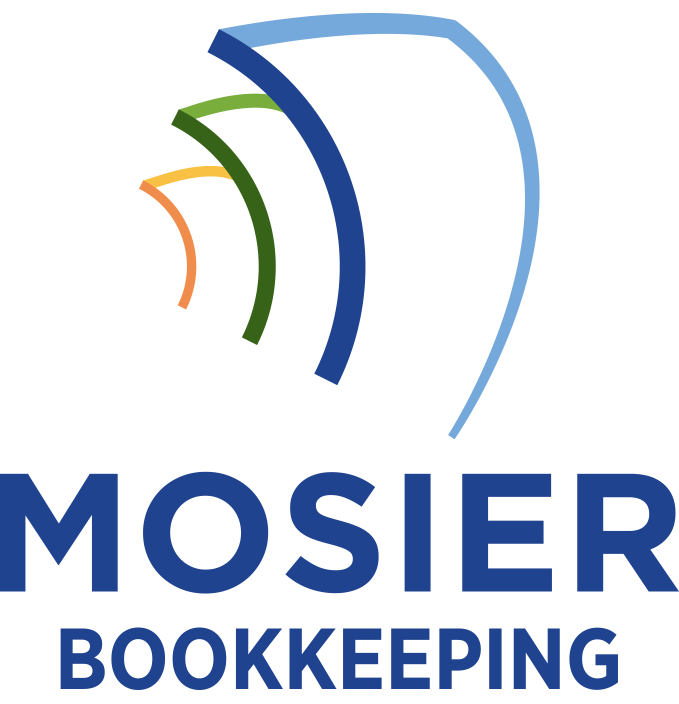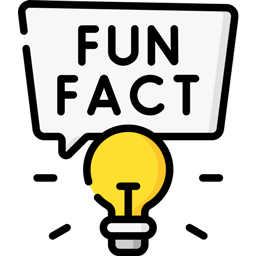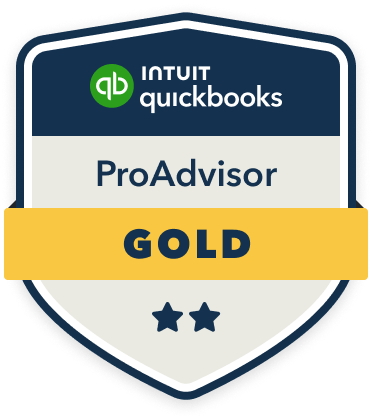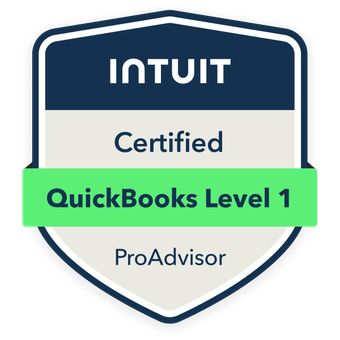To analyze donor trends through bookkeeping, I recommend tracking key metrics like average gift size, retention rates, and giving frequency in an integrated data management system. You’ll need to configure custom fields, implement hierarchical tagging, and connect your CRM with accounting software for real-time insights. By monitoring seasonal patterns and cross-referencing historical data, you can predict future donations and create targeted engagement strategies. The deeper you explore these analytical tools, the more precisely you can optimize your fundraising efforts.
Essential Financial Metrics for Tracking Donor Behavior
When tracking donor behavior effectively, organizations must focus on key financial metrics that reveal patterns and predict future giving potential. I’ll break down the five most critical metrics you need to monitor: average gift size, donor retention rate, giving frequency, lifetime donor value, and donation growth rate.
Setting Up Your Donor Data Management System
To effectively track donor metrics, a well-structured data management system serves as the foundation for all fundraising analytics. I recommend implementing a robust CRM platform that integrates seamlessly with your accounting software. This enables real-time tracking of donor behavior, automated reporting, and predictive analysis capabilities.
- Configure custom fields to capture key metrics like giving frequency, preferred donation channels, and engagement touchpoints
- Set up automated data validation rules to maintain accuracy and standardization across records
- Implement hierarchical tagging systems to segment donors by giving level, interests, and relationship status
When properly structured, your data management system will drive strategic decision-making and maximize fundraising potential.
Identifying Patterns in Giving Cycles and Seasonality

Building on your established data management system, analyzing temporal patterns in donor behavior reveals actionable insights for fundraising strategies. I’ll show you how to identify peak giving months, annual cycles, and seasonal triggers that drive donations.
Track year-over-year trends by plotting monthly contribution totals. You’ll discover when your donors are most generous – often during tax season, holidays, or fiscal year-ends. Cross-reference these patterns with your campaign calendars and external events.
I recommend segmenting data by donor type, as individuals, corporations, and foundations often follow distinct giving cycles. This granular analysis empowers you to optimize campaign timing and maximize your fundraising potential.
Leveraging Historical Data to Predict Future Donations
Historical donation records provide a goldmine of predictive insights that can shape your fundraising strategy. I’ve found that analyzing year-over-year data reveals powerful indicators of future giving behaviors. By applying statistical modeling to past donation amounts, frequency, and timing, I can forecast donation patterns with increasing accuracy.
- Track recurring donors’ giving velocity to predict upgrade opportunities and potential churn
- Correlate external economic indicators with historical giving levels to anticipate market impacts
- Cross-reference past campaign success rates with donor segments to optimize future appeals
The key is transforming raw historical data into actionable intelligence that drives revenue growth and strengthens donor relationships.
Creating Action Plans Based on Donor Trend Analysis

Once you’ve gathered thorough donor trend data, transforming those insights into strategic action plans becomes critical for fundraising success. I recommend segmenting your donors based on giving patterns, then developing targeted initiatives for each group. For major donors showing declining engagement, I create personalized outreach campaigns. When I spot seasonal giving peaks, I schedule focused appeals during those periods.
I prioritize actions by potential ROI, assigning specific metrics and deadlines to each initiative. By continuously monitoring these metrics against baseline data, I can quickly adjust strategies that underperform and scale those generating ideal results. This data-driven approach maximizes resource allocation and fundraising effectiveness.
